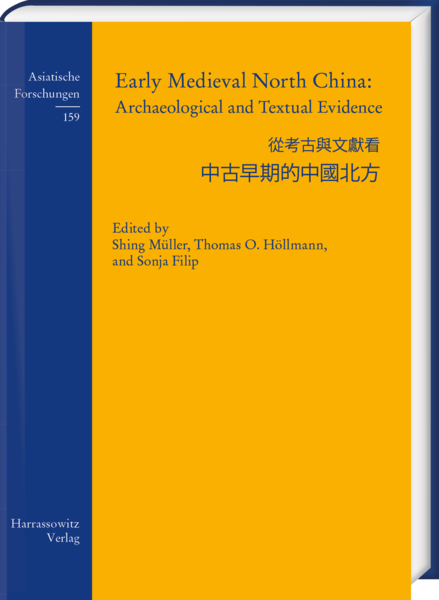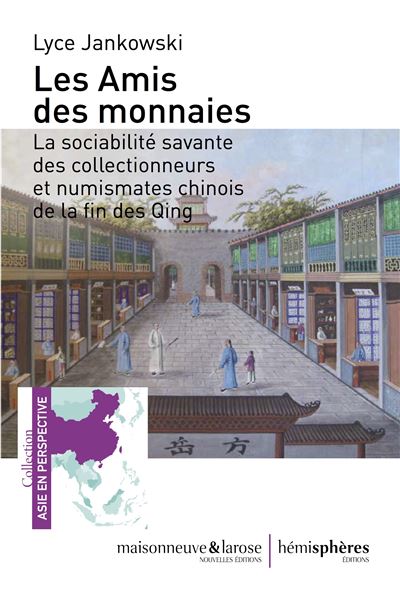The Xianbei from southeast Mongolia were the first foreign sovereignty over North China since the 4th century. During the 200 years of Xianbei rulership, the cultures of old and new inhabitants – the Han-Chinese, the Xianbei and diverse steppe peoples, the Sogdians and other Central Asians from the west – confronted and competed with one another.
SEAA News Blog: China
L’intérêt des collectionneurs pour les monnaies naît en Chine au VIe siècle de notre ère, soit près d’un millénaire avant le premier traité sur la numismatique en Occident. Il se maintient malgré le déclin et l’alternance des différentes dynasties impériales. Au milieu du XVIIIe siècle, l’empereur Qianlong possède la collection la plus complète comprenant toutes les monnaies émises en Asie orientale depuis le VIIe siècle avant notre ère, soit sur près de deux mille cinq cents ans.Mais les monnaies sont aussi soigneusement collectionnées et décrites par des lettrés, « amis des monnaies ».
Memory and Agency in Ancient China offers a novel perspective on China's material culture. The volume explores the complex 'life histories' of selected objects, whose trajectories as ginle objects ('biographies') and object types ('lineages') cut across both temporal and physical space. The essays, written by a team of international scholars, analyse the objects in an effort to understand how they were shaped by the constraints of their social, political and aesthetic contexts, just as they were also guided by individual preference and capricious memory. They also demonstrate how objects were capable of effecting change. Ranging chronologically from the Neolithic to the present, and spatially from northern to southern mainland China and Taiwan, this book highlights the varied approaches that archaeologists and art historians use when attempting to reconstruct object trajectories. It also showcases the challenges they face, particularly with the unearthing of objects from archaeological contexts that, paradoxically, come to represent the earliest known point of their 'post-recovery lives'. (from the website of the publisher)
Haimenkou was an important location, with trade and cultural links connecting parts of modern Southeast Asia and northwestern China in ancient times. This book is based on an analysis of the faunal assemblage recovered from the Haimenkou site during the 2008 field season in Yunnan Province, China. It investigates the human-animal relationships at Haimenkou through a time span running from the late Neolithic Period to the middle Bronze Age (ca. 5000-2400 BP).


